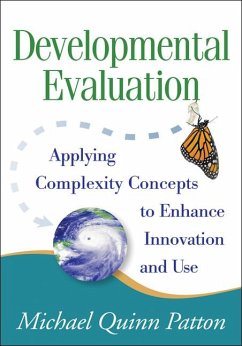
Principles and Methods of Social Research
Versandkostenfrei!
Versandfertig in über 4 Wochen
205,99 €
inkl. MwSt.
Weitere Ausgaben:

PAYBACK Punkte
103 °P sammeln!
This text presents recent advances in social research design and methodology including dyadic and group methods. It provides the necessary depth to prepare graduate/advanced undergraduate students to design, execute, and interpret various methodological approaches used in the social sciences. With a heavy emphasis on reliability, validity, and measurement, the book considers experimental, quasi-experimental, and survey research designs in light of these qualities. The new edition features expanded coverage of current issues and methodologies including mediation, moderation, and irt, many more ...
This text presents recent advances in social research design and methodology including dyadic and group methods. It provides the necessary depth to prepare graduate/advanced undergraduate students to design, execute, and interpret various methodological approaches used in the social sciences. With a heavy emphasis on reliability, validity, and measurement, the book considers experimental, quasi-experimental, and survey research designs in light of these qualities. The new edition features expanded coverage of current issues and methodologies including mediation, moderation, and irt, many more learning tools, more explanation of the basic concepts, and a new instructor's resource package.












